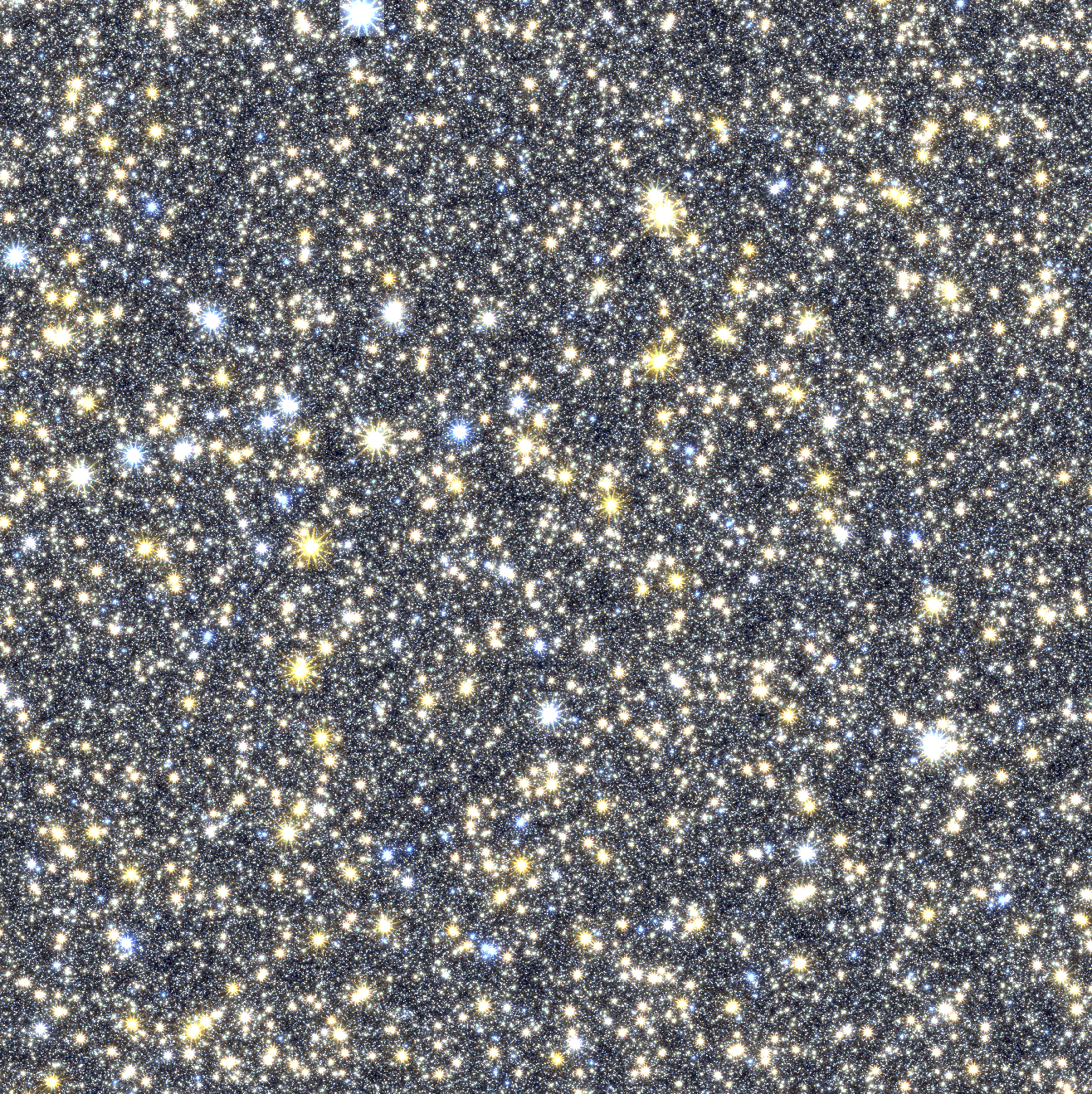2023-10-31 カリフォルニア大学リバーサイド校(UCR)
◆研究によれば、これらの巨大な惑星の引力により、地球のような岩の惑星が生息地帯から軌道を外れ、生命が存在する可能性が低くなることが示されました。これらの研究は、宇宙の他の場所で生命が存在する条件を見つけるのがどれだけ難しいかを示しています。
<関連情報>
- https://news.ucr.edu/articles/2023/10/31/giant-planets-cast-deadly-pall
- https://iopscience.iop.org/article/10.3847/1538-3881/acfb01
- https://iopscience.iop.org/article/10.3847/1538-3881/acff5a
巨大惑星に囲まれて HD 141399系におけるハビタブルゾーンの安定性 Surrounded by Giants: Habitable Zone Stability Within the HD 141399 System
Stephen R. Kane
The Astronomical Journal Published:2023 October 10
DOI:10.3847/1538-3881/acfb01

Abstract
The search for exoplanets has revealed a diversity of planetary system architectures, the vast majority of which diverge significantly from the template of the solar system. In particular, giant planets beyond the snow line are relatively rare, especially for low-mass stars, placing the solar system within a small category of systems with multiple giant planets at large separations. An exoplanetary system of note is that of HD 141399, consisting of a K-dwarf host star that harbors four giant planets with separations extending to ∼4.5 au. The architecture of the system creates a complex pattern of mean motion resonances and gravitationally perturbed regions that may exclude the presence of other planets, including within the habitable zone of the system. Here, we present the results of dynamical simulations that explore the interaction of the known planets of the system, their apsidal trajectories, resonance locations, and dynamical evolution. We further investigate the results of injecting Earth-mass planets and provide the regions of dynamical viability within the habitable zone where terrestrial planets may maintain long-term stability. We discuss these results in the context of the importance of giant planets for volatile delivery and planetary habitability considerations.
GJ 357 d: 居住可能な世界か、それともカオスの元凶か? GJ 357 d: Potentially Habitable World or Agent of Chaos?
Stephen R. Kane and Tara Fetherolf
The Astronomical Journal Published:2023 October 20
DOI:10.3847/1538-3881/acff5a

Abstract
Multiplanet systems provide important laboratories for exploring dynamical interactions within the range of known exoplanetary system architectures. One such system is GJ 357, consisting of a low-mass host star and three orbiting planets, the outermost (planet d) of which does not transit but lies within the habitable zone (HZ) of the host star. The minimum mass of planet d causes its nature to be unknown, both in terms of whether it is truly terrestrial and if it is a candidate for harboring surface liquid water. Here, we use three sectors of photometry from the Transiting Exoplanet Survey Satellite to show that planets c and d do not transit the host star, and therefore may have masses higher than the derived minimum masses. We present the results for a suite of dynamical simulations that inject an Earth-mass planet within the HZ of the system for three different orbital and mass configurations of planet d. These results show that planet d, rather than being a potentially habitable planet, is likely a source of significant orbital instability for other potential terrestrial planets within the HZ. We find that relatively small eccentricities of planet d cause a majority of the HZ to be unstable for an Earth-mass planet. These results highlight the importance of dynamical stability for systems that are prioritized in the context of planetary habitability.



